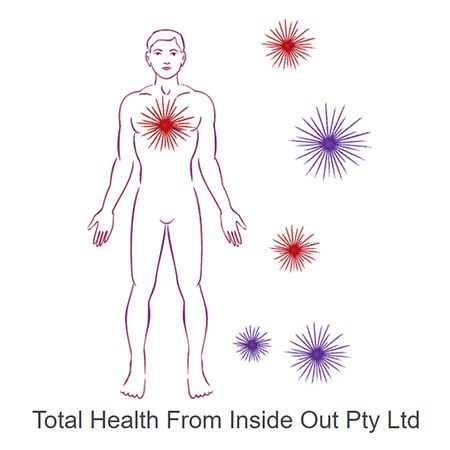
Loving touch is the greatest gift you can give a baby. While mother touch is perfect, any touch will be good, whether it's from a parent or not.
What is Baby Massage?
Most babies love to be massaged most of the time, though they often have short attention spans, so they may only like it for a few minutes. Unlike adult massage, baby massage is a more gentle and less structured process. It often starts informally the first time you pick a baby up, with gentle stroking you're hardly aware of. The entire skin area of the baby can be massaged, being careful of the soft areas such as the skull. Sometimes, you can do the massage without undressing baby if that works better. Skin contact, however, is always more beneficial.
Especially for tiny babies, you use only your fingertips to start. Once the baby is thriving and growing, then you can gradually increase the area of hand that you use to do the massage.
What is Baby Massage Good For?
At the most basic level, massaging your baby will increase its feelings of security. The baby will feel loved and safe, and this is fundamental to proper psychological development. But as well as that it:
- Improves bonding with parents or care-givers
- Increases immunity so fewer infections
- Reduces stress levels so baby is happier
- Colic and constipation are less likely
- Relaxes baby and relaxes mother
- Baby sleeps better
How Do I Massage My Baby?
If he is grizzly, crying or very fidgety, put the massage off till another time; it must fit the baby's scheme, not yours. Even adults sometimes don't want to be touched, and babies have their rights too!
Time of day
The time is not too important, except that it shouldn't be straight after a feed. With a very new baby, you won't want to do too many things one after the other or the baby will get tired and grumpy, and that's not the idea. After bath time is practical as there‘s often a gap between bath and bed, so massage is a perfect settling and calming interlude after the busyness of the day. Everything is already warm and set up.
Surface
A low flat padded surface, maybe the floor, a bed or even your lap. Cover the surface with a towel; this makes it easier to catch oil drips, contain the baby and cover the parts of the baby not being massaged.
To Oil or Not To Oil
It is much easier to massage if you use a tiny amount of oil on your fingertips. Don't coat the baby, only use enough to give a little "slip" to your fingers, which lets them slide rather than drag across the skin.
Use a light vegetable oil such as sweet almond oil or one specially formulated for baby massage; don't use mineral oil which is too harsh for delicate baby skin. Keep the oil in a squeezy bottle to avoid spills and control the amount used. Stand the oil bottle in warm water to take the chill off it. If there is any oil left on the skin, carefully blot it off before going to the next part, or it'll find its way into the baby's mouth or eyes.
Never add essential oils to the massage oil.
Massage Process
You and the baby will work out a routine by mutual agreement, and the baby will be the main decision maker.
- Face: Starting in the centre, stroke to each side of the forehead with oiled fingertips. Thumbs do the same on either side of the nose and across the cheeks out to, and around the ears, and around the mouth and chin.
- Chest: Strokes can be quite firm now, so they don't tickle baby. Hold the baby's hand to keep it out of the action and using the finger pads of the other hand, massage in small circles starting from the centre and moving out to the edges, running fingers slightly under the back. Continue on with long strokes to include the arm. Repeat for the other side. Blot any remaining oil.
- Tummy: You'll probably need one hand to keep the baby's hands out of the action while you use the other to makes biggish circles over the tummy moving in a clockwise direction, up, across and down the other side, right to left, to encourage emptying of the gut.
- Legs: Hold the left foot lightly by the ankle, in your right hand, and use the other hand curved around the leg to stroke down the whole length to the foot. Use circular movements with both hands and thumbs around the ankle and under the foot. Change feet. Or if the baby is compliant enough, you may be able to do both legs at the same time.
- Back: Turn the baby over, with the head to one side if needed and arms at the sides. Lay your hands flat on the buttocks, and sweep up to the neck, out across the shoulders and down to the starting place. You're moving in a wide half-circle on both sides at the same time. Use thumbs to stroke out from the spine to the edges of the back, from bottom to top.
Should the baby start to show signs of distress or irritation, simply stop the massage. Never continue in the face of opposition. Try again another day.
Massaging your baby will bring you closer together, and make a much more secure and happy baby.
Learn how to massage your baby with confidence. Find a professional infant massage therapist.
Originally published on Oct 21, 2011








